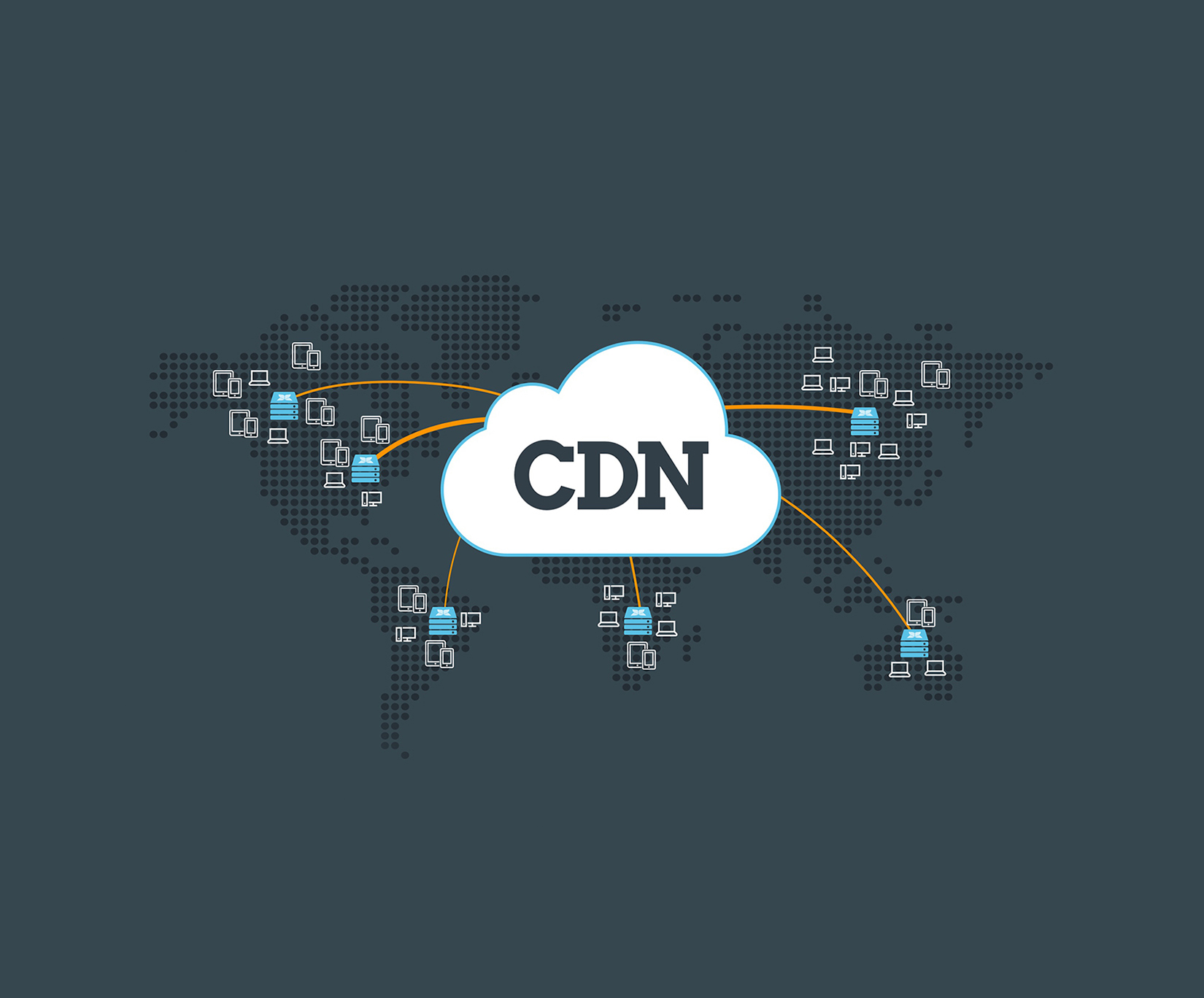What is a CDN?
Understanding the Core Concept of a Content Delivery Network
A Content Delivery Network (CDN) is a system of geographically distributed servers designed to deliver web content faster and more efficiently. By caching data closer to users, CDNs reduce latency and improve website performance. This technology ensures that users, regardless of their location, experience quick page loads and smooth interactions.
Why CDNs Are Essential in Today’s Digital Landscape
In an era where speed matters, CDNs help businesses stay competitive by enhancing user experiences and reducing bounce rates. Whether it’s streaming videos or loading e-commerce pages, a CDN ensures seamless access to content.
How Does a CDN Work?
The Step-by-Step Process Behind CDNs
CDNs operate through a series of interconnected servers that cache content closer to users. When a user requests web content, the nearest CDN server delivers it, bypassing the need to fetch data from the origin server. If the requested data isn’t cached locally, the CDN retrieves it from another server or the origin server itself.
Caching and Dynamic Acceleration
Caching stores static files like images and scripts for faster delivery, while dynamic acceleration optimizes requests for changing content. Together, these processes ensure minimal delays and maximum efficiency in content delivery.
Benefits of Using a CDN
Improved Website Speed and Performance
One of the most significant advantages of using a CDN is faster website loading times. By reducing the distance between users and servers, CDNs minimize latency and provide an enhanced browsing experience.
Enhanced Reliability and Reduced Server Load
CDNs distribute traffic across multiple servers, preventing overload on any single server. This ensures websites remain operational even during traffic surges or hardware failures.
Cost Savings with CDNs
Lower Bandwidth Costs
By serving cached content from nearby servers, CDNs reduce the amount of data transferred from origin servers. This significantly cuts bandwidth expenses for businesses.
Efficient Scalability Without Infrastructure Overhaul
As businesses grow, so does their online traffic. CDNs enable scalable solutions without requiring costly server upgrades or additional infrastructure investments.
Security Advantages of CDNs
Protection Against DDoS Attacks
CDNs enhance website security by mitigating Distributed Denial-of-Service (DDoS) attacks. They do this by distributing traffic across multiple servers, reducing the impact on the origin server.
Secure Data Transmission
With features like SSL encryption and edge logic computations, CDNs ensure secure communication between users and servers, safeguarding sensitive information.
How Businesses Benefit from CDNs
Boosting SEO Rankings Through Speed
Search engines prioritize fast-loading websites in their rankings. By improving page speed with a CDN, businesses can achieve better visibility online and attract more visitors.
Enhancing User Experience Across Regions
CDNs make it possible for global audiences to access content quickly, regardless of their geographical location. This improves user satisfaction and increases engagement rates.
The Future of CDN Technology
Advancements in Edge Computing
The next generation of CDNs focuses on edge computing, where smart devices handle data processing closer to users for even faster delivery times. This innovation promises to redefine how businesses interact with customers online.
Autonomous Networks on the Horizon
Emerging technologies like AI-powered autonomous networks could further optimize CDN operations, ensuring seamless content delivery in real-time without human intervention.
Conclusion: A Content Delivery Network is not just a tool but a necessity for modern websites aiming to deliver exceptional user experiences while maintaining cost efficiency and security. Whether you’re running an e-commerce platform or streaming service, adopting a CDN is a step toward digital success!

